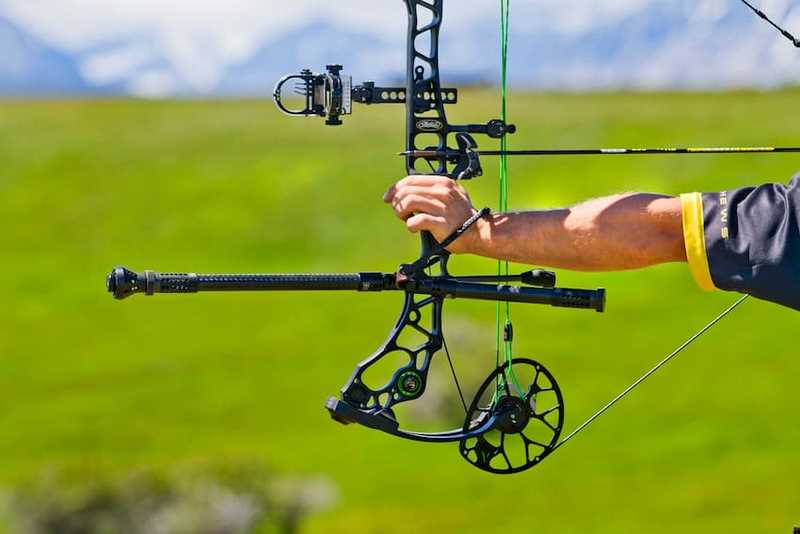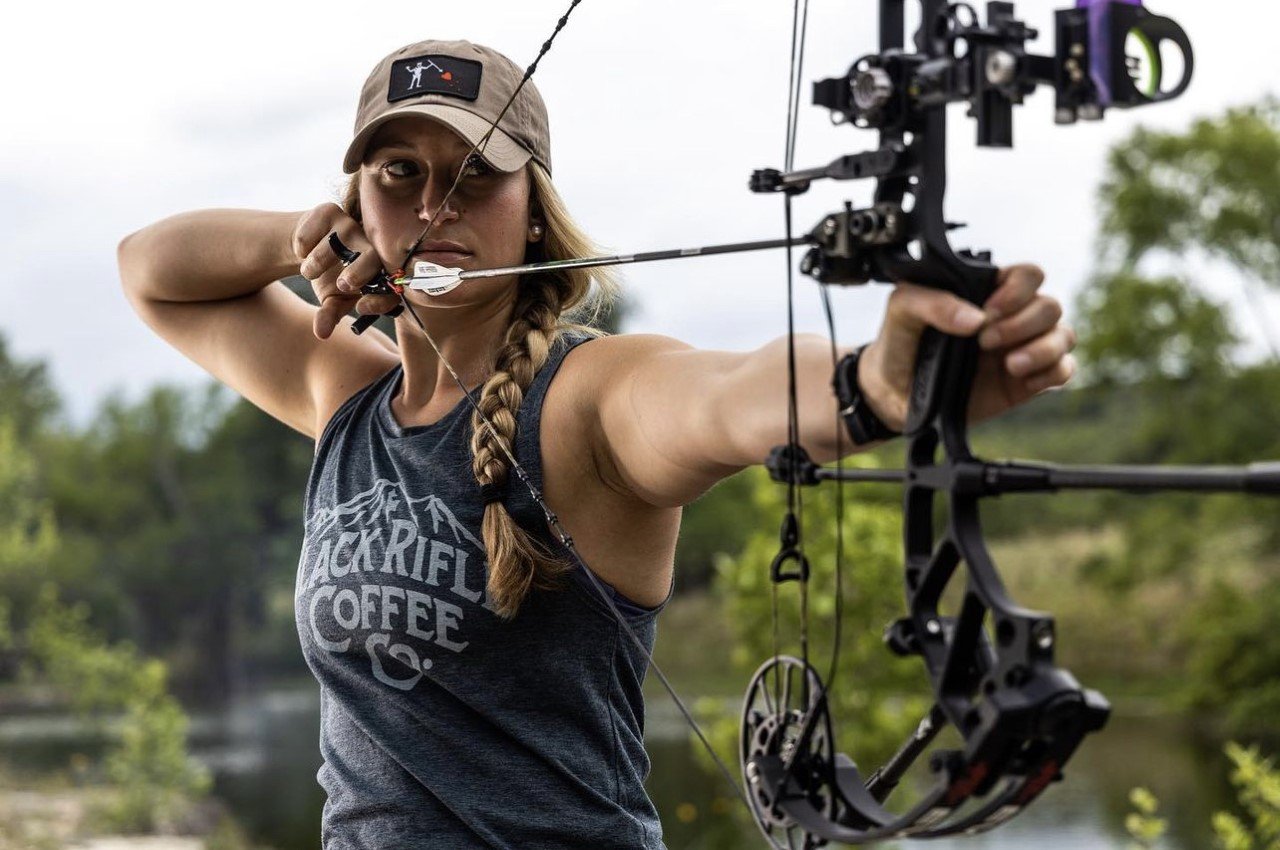Optimize Your Archery Performance With the Perfect Stabilizer: a Detailed Buyer's Guide
In this extensive customer's overview, we will check out the various kinds of stabilizers, essential factors to consider, the value of proper size and weight, picking the ideal damping system, and maintenance ideas. Whether you're a seasoned archer or just beginning out, this overview will certainly help you browse the globe of stabilizers and optimize your archery efficiency.
Kinds Of Stabilizers
There are 3 main kinds of stabilizers generally made use of in archery performance. These stabilizers play an essential function in boosting accuracy and minimizing bow torque. The very first type is the lengthy rod stabilizer.
The second type of stabilizer is the side pole stabilizer. Side pole stabilizers are connected to the side of the bow and help counterbalance any kind of lateral motions.
The third kind of stabilizer is the V-bar stabilizer. V-bar stabilizers are normally used in combination with side rod stabilizers to further improve security.
When selecting the ideal equipment to enhance archery efficiency,Understanding the various kinds of stabilizers is necessary. Each stabilizer type serves a certain purpose, and choosing the ideal mix can dramatically boost accuracy and consistency on the array or in the field.
Secret Variables to Think About

Primarily, it is important to take into consideration the length and weight of the stabilizer. Longer stabilizers give raised security and equilibrium, while shorter ones supply even more maneuverability. The weight of the stabilizer influences the total balance of the bow, and it is important to find a stabilizer that enhances the weight of your bow.
An additional important variable to think about is the product of the stabilizer. Stabilizers are commonly made from aluminum, carbon, or a combination of both. Light weight aluminum stabilizers are durable and offer excellent resonance dampening, while carbon stabilizers are lightweight and deal remarkable resonance absorption.
Furthermore, it is necessary to examine the layout and adjustability of the stabilizer. Some stabilizers come with adjustable weights and dampeners, enabling you to tailor the equilibrium and vibration control. In addition, taking into consideration the placing options and compatibility with your bow is important to guarantee a correct and protected fit.
Finally, budget is a considerable variable to take into consideration. Stabilizers come in a variety of costs, and it is critical to discover one that fits within your spending plan while still satisfying your efficiency requirements.
Relevance of Proper Length and Weight

Correct length and weight are critical factors that considerably impact the performance of an archery stabilizer. The length of the stabilizer establishes its efficiency in minimizing bow torque and vibrations. archery stabilizer. Longer stabilizers supply greater security and balance, resulting in improved accuracy and consistency in arrow trip. On the various other hand, much shorter stabilizers are extra manoeuvrable and provide far better control during rapid target acquisition. For that reason, it is important to consider the shooting style, target range, and personal choice when picking the length of a stabilizer.
Likewise, the weight of the stabilizer plays an essential function in achieving ideal performance. A heavier stabilizer absorbs extra resonance and decreases bow movement throughout the shot, causing a steadier purpose and tighter teams. However, a stabilizer that is as well hefty can top article create tiredness and impact the shooter's capacity to hold consistent. It is necessary to strike a balance between weight and ability to move to help with comfy capturing and maintain uniformity.
Furthermore, the size and weight of the stabilizer must be suitable with the archer's physical stamina and capturing method. By choosing the right length and weight, archers can optimize their stability, lower bow torque, improve accuracy, and boost overall performance. It is advised to consult with knowledgeable archers or specialists to make certain the finest match in between the stabilizer and private capturing needs.
Picking the Right Damping System
The option of an ideal damping system is critical in enhancing the efficiency of an archery stabilizer. A damping system is created to minimize the vibrations and sound produced when an arrow is released, supplying the archer with an extra accurate and steady shot. When picking the right damping system for your stabilizer., there are a number of aspects to consider.
To start with, it is very important to take into consideration the kind of material utilized in the damping system. Rubber and rubber-like materials are generally utilized because of their ability to absorb resonance properly. These products are additionally durable and light-weight, making them excellent for archery stabilizers.
Secondly, the style of the damping system must be thought about (archery stabilizer). Look for a system that supplies multiple get in touch with points with the stabilizer, as this will distribute the resonances a lot more evenly and further boost the stabilizer's effectiveness
In addition, consider the adjustability of the damping system. Being able to make improvements the level of damping can be helpful, as various archers may have differing choices and shooting designs.
Finally, it is essential to make sure that the chosen damping system works with your stabilizer. Examine the specifications and dimensions to make certain an appropriate fit.
Upkeep and Care Tips
To make sure optimum efficiency and long life of your archery stabilizer, it is necessary to implement proper maintenance and treatment methods. Routine upkeep not only avoids wear and tear but also aids identify any type of possible problems prior to they become major troubles. Among the very first steps in maintaining your stabilizer is to clean it consistently. navigate here Make use of a soft towel or brush to get rid of dirt, dust, and particles from the stabilizer and its components. Pay special attention to the weight system, as dust can gather in the strings and affect its capability. Additionally, inspect all the components of the stabilizer for any indications of damage or wear, such as cracks or loosened screws. If any kind of problems are discovered, it is crucial to resolve them promptly to avoid additional damage. Lubricating the relocating parts of the stabilizer, such as the dampers and weight system, is likewise crucial to make certain smooth procedure. Utilize a top quality lubricant advised by the supplier and comply with the directions given. Store your stabilizer in a great, dry area away from straight sunshine and extreme temperatures to stop warping or various other damages. By complying with these maintenance and care tips, you can maximize the efficiency and longevity of your archery stabilizer.
Final Thought
In final thought, picking the ideal stabilizer for archery is crucial for making best use of performance. description With the ideal stabilizer and appropriate focus to these factors, archers can boost their general archery experience.
The 2nd type of stabilizer is the side pole stabilizer.The third type of stabilizer is the V-bar stabilizer. V-bar stabilizers are usually made use of in conjunction with side rod stabilizers to additionally enhance security. The weight of the stabilizer impacts the overall equilibrium of the bow, and it is important to locate a stabilizer that complements the weight of your bow.
Aluminum stabilizers are durable and give excellent vibration moistening, while carbon stabilizers are light-weight and offer premium vibration absorption.